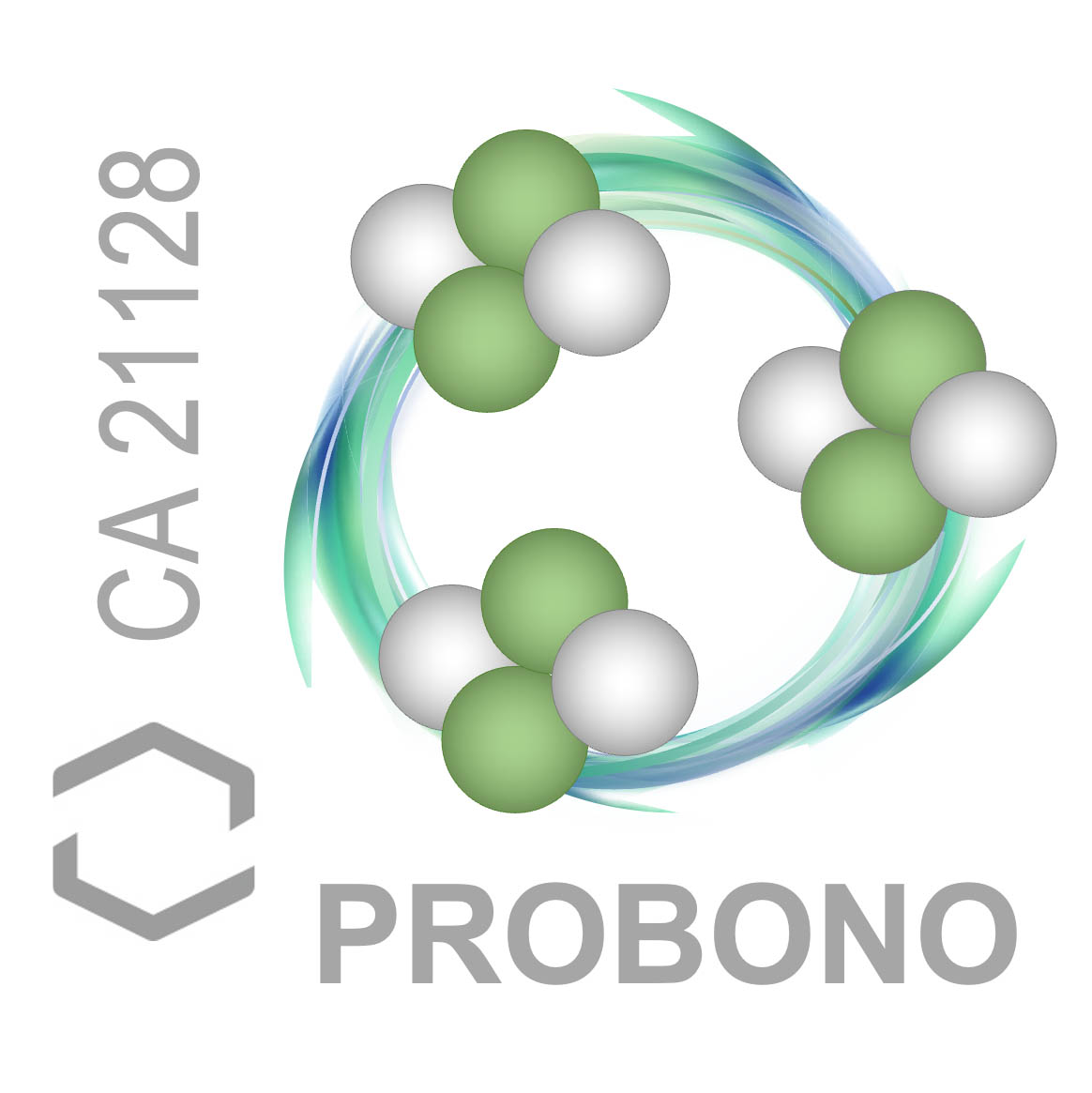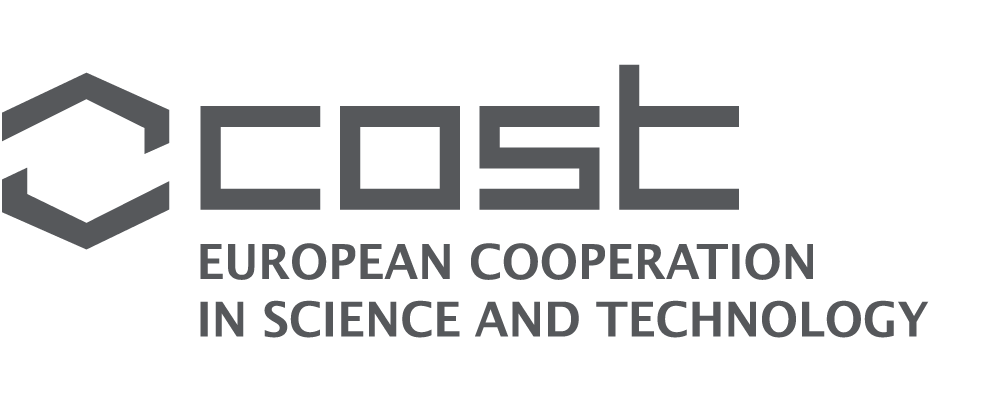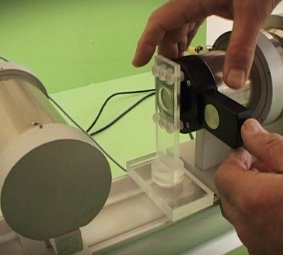Recent experiments with high-intensity lasers have shown record production of alpha particles by irradiating boron-hydrogen targets. This opens the way to completely new studies on pB fusion with multiple goals:
- studies related to nuclear fusion. The proton-boron fusion reaction produces 3 a-particles and releases a large energy. It is considered an interesting alternative to deuterium-tritium fusion because it produces no neutrons, therefore no activation and radioactive wastes. However, it is also considered too difficult due to the enormous temperatures needed to trigger it. Laser-driven experiments may offer an interesting nonthermal fusion approach, alternative to classical inertial fusion schemes. In addition, it will be possible to address still unanswered key questions like determining the penetration of a-particles in dense plasmas.
- generation of novel laser-driven a-particle sources. Currently there are no high-current and compact aparticle sources (they are typically produced from radioactive materials or from accelerating He-ions in large-size cyclotrons). Laser-driven a-particle sources are promising due to the high brightness implied by the small size of the laser-plasma interaction point and the short particle bunch duration. Such sources could be used for multidisciplinary applications, including medical ones (e.g. radioisotope production for cancer therapy or PET).
The Action's work will aim at understanding the physics involved in the emerging topic of laser-driven pB fusion, facilitating access to experimental infrastructures, maximizing production of new knowledge and achieving breakthrough discoveries, boosting career of young researchers by fostering opportunities for training, and finally interconnecting researchers across countries building a well-organized community focused on pB research









